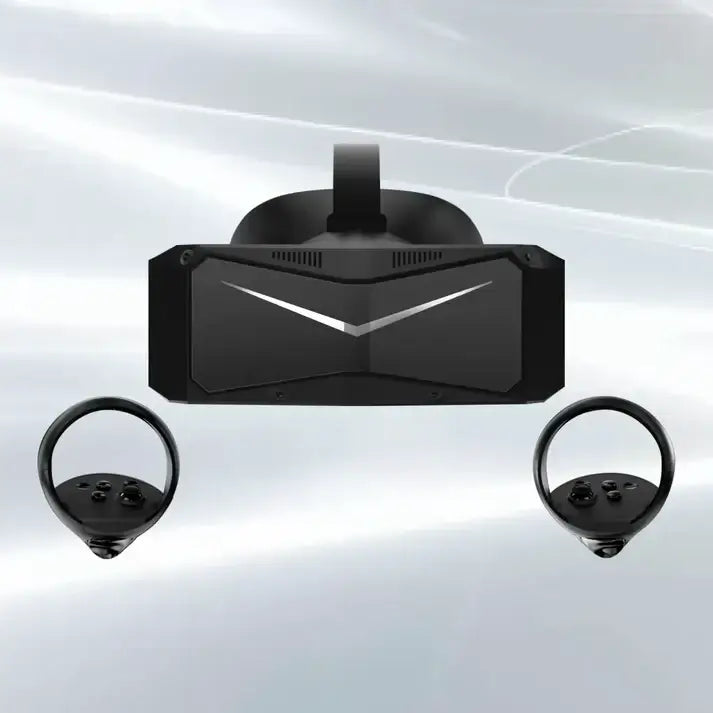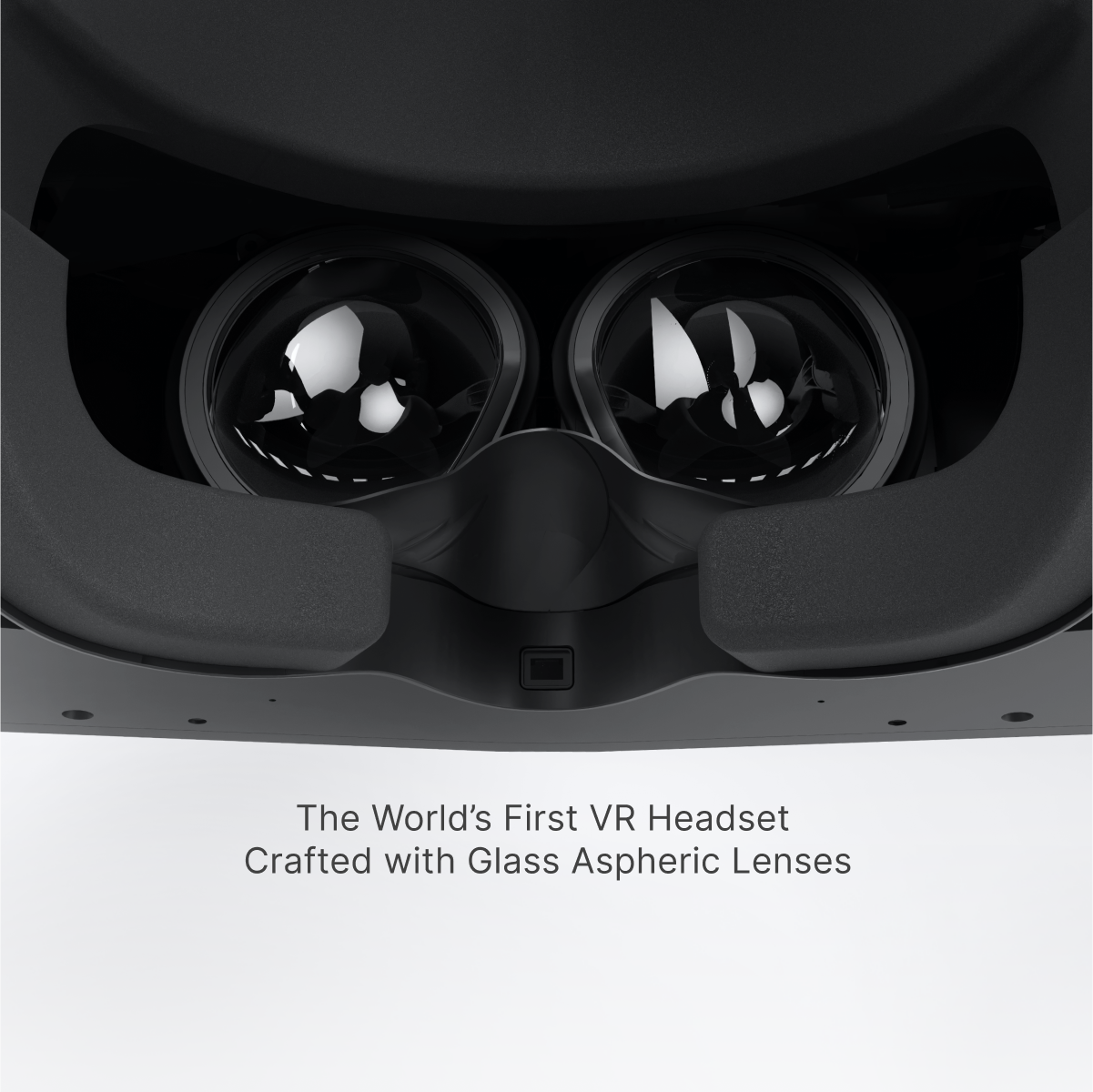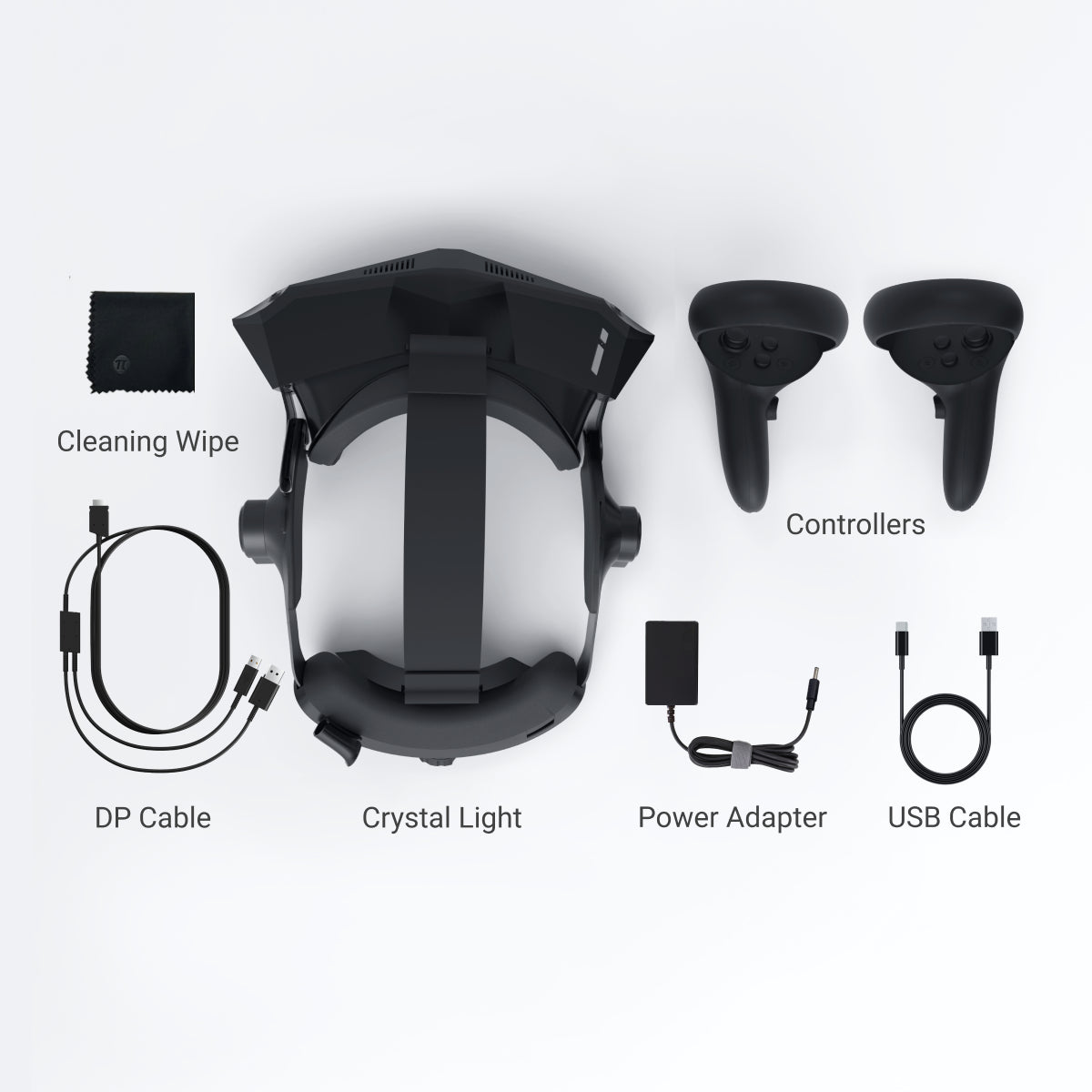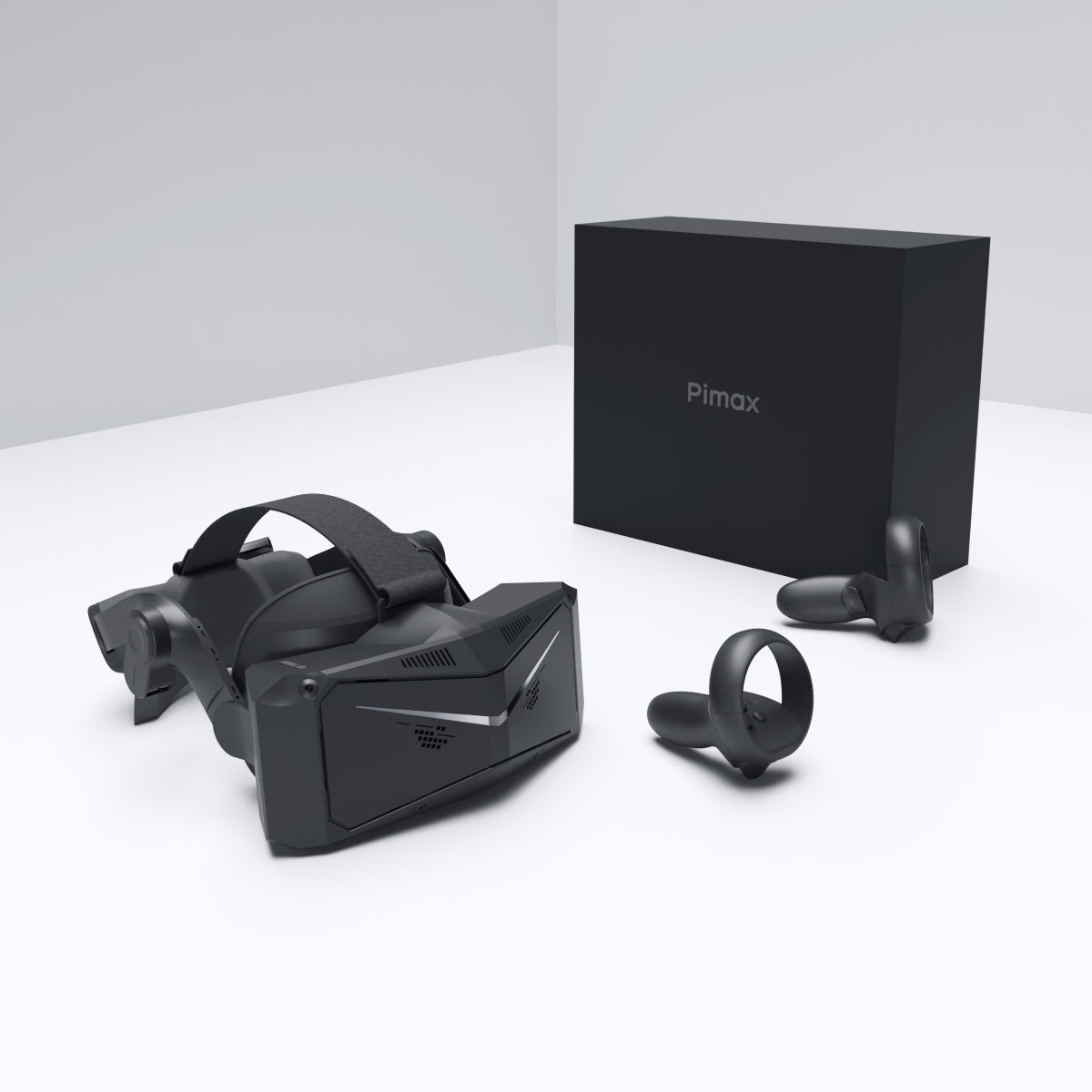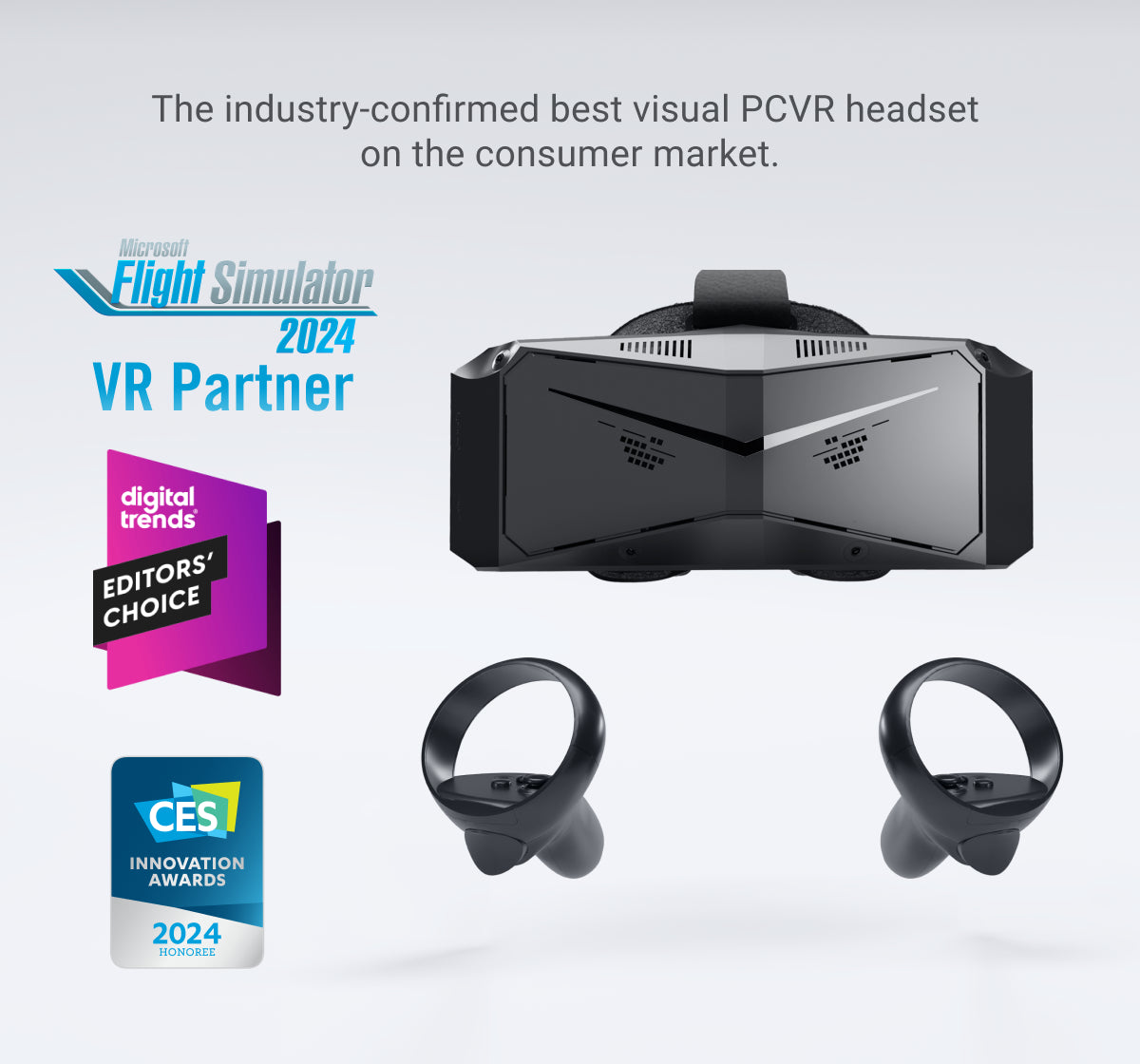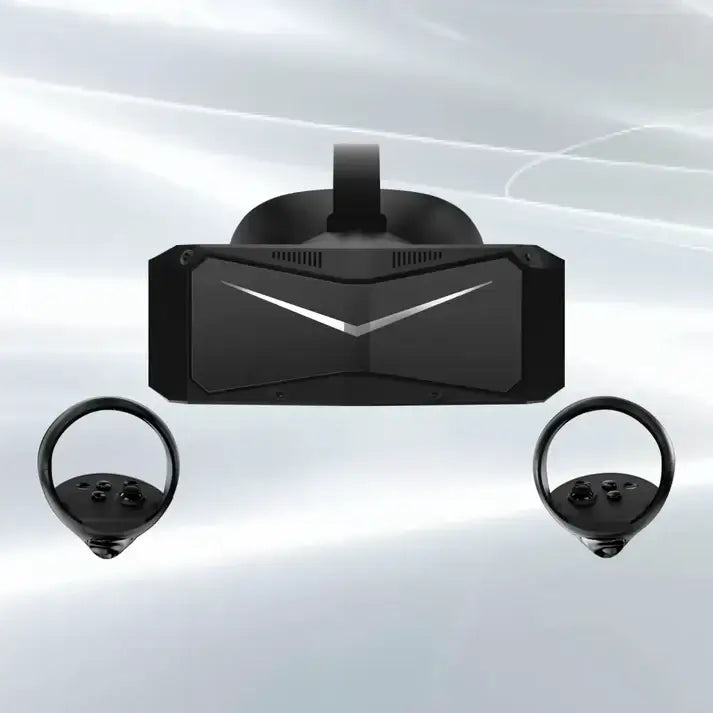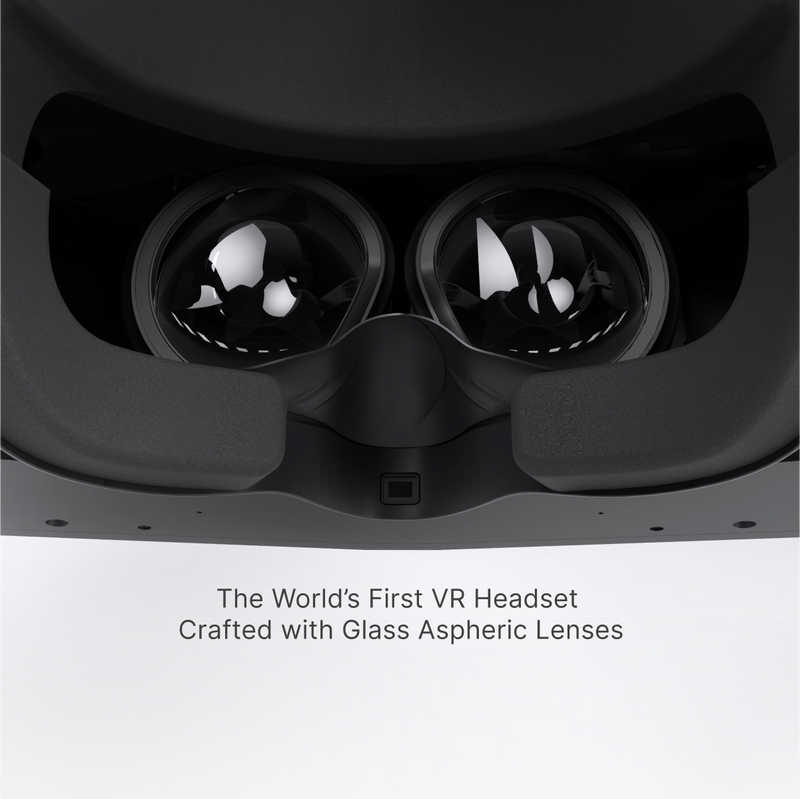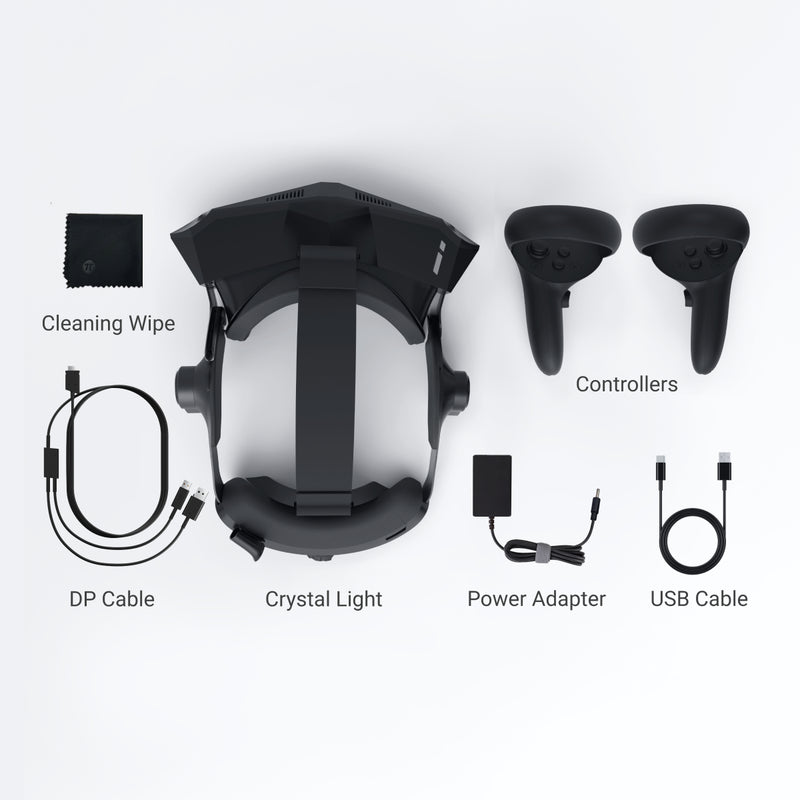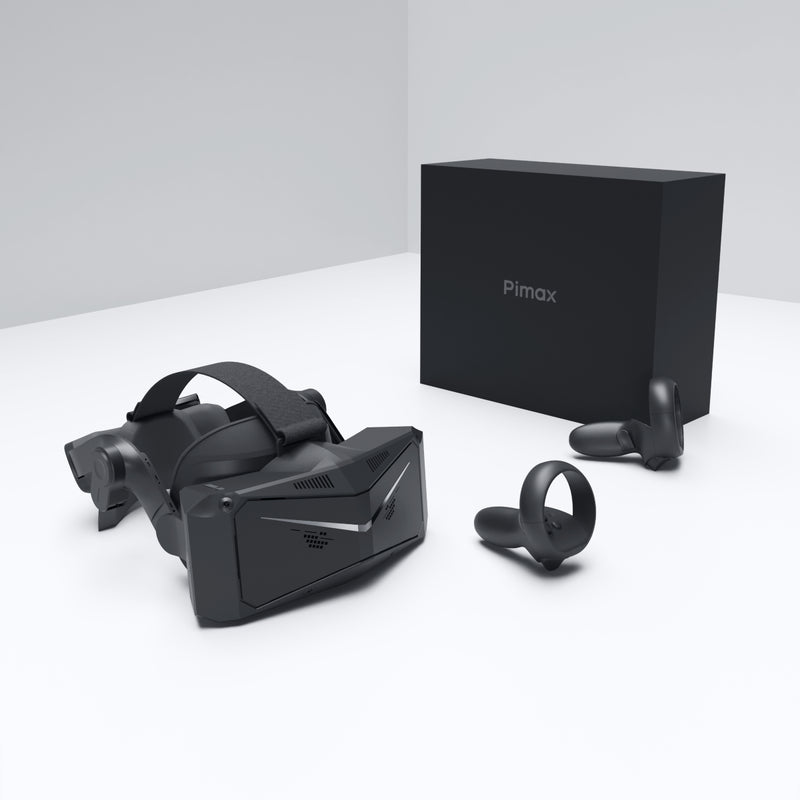In the realm of sim racing, the debate between using a VR headset and a triple screen setup continues to captivate enthusiasts. Boosted Media’s latest video provides an insightful comparison, exploring which setup might better suit different racing needs.
Immersive Experience
VR headsets, like the Pimax Crystal Light, offer a more immersive experience, providing stereoscopic 3D vision that grants users a natural sense of depth perception. This feature is crucial for accurately judging distances and making precise maneuvers on the track. In contrast, while large triple screen setups can fill peripheral vision effectively, they lack the same level of depth perception due to their two-dimensional nature.
Flexibility and Movement
Triple screens offer a stable field of view but limit physical movement. As demonstrated in the video, moving outside the screens’ fixed range causes distortion, disrupting the racing experience. VR, however, allows racers to look around the cockpit naturally, enhancing realism. The lack of stereoscopic 3D in triple screens means racers must rely on visual cues like brake markers rather than spatial awareness.
Performance and Lap Times
Boosted Media conducted back-to-back tests using both setups with a Ferrari 296 GT3 at the Spa circuit. The results showed that while triple screens provided good consistency, the immersive experience of VR often led to better track placement and lap times. The ability to move freely and perceive depth allowed for more accurate racing lines and improved overall performance.
Key Data
-
Lap Time Consistency: The video highlighted that lap times on triple screens were consistent but lacked the precision achieved in VR.
-
Car Placement: Particularly in tracks with blind crests and undulating terrain, VR’s depth perception proved advantageous for optimal car placement.
Considerations for Racers
When deciding between VR and triple screens, racers should consider several factors:
-
Immersion vs. Real Estate: VR offers superior immersion but requires adaptation to wearing a headset. Triple screens provide more visual real estate and may be preferred for content creation.
-
Budget and Space: Triple screens can be costly and require substantial physical space. VR headsets are more compact but necessitate a capable PC setup for smooth performance.
-
Intended Use: For racers prioritizing immersion and depth perception, VR is the ideal choice. Those focusing on stability and content creation might lean towards triple screens.
If you have any questions about setup, feel free to join our Discord group. We hold Q&A sessions frequently, and you can post your questions in the corresponding channels. For any Discord-related assistance, contact Max at Max.Semak@Pimax. You can join our Discord group here: Discord Channel. For technical help, you can also reach out to Emily at emily.wang@pimax.com or submit a ticket here: Support Ticket. For more details about the Pimax Crystal Light, please visit the product page here.



